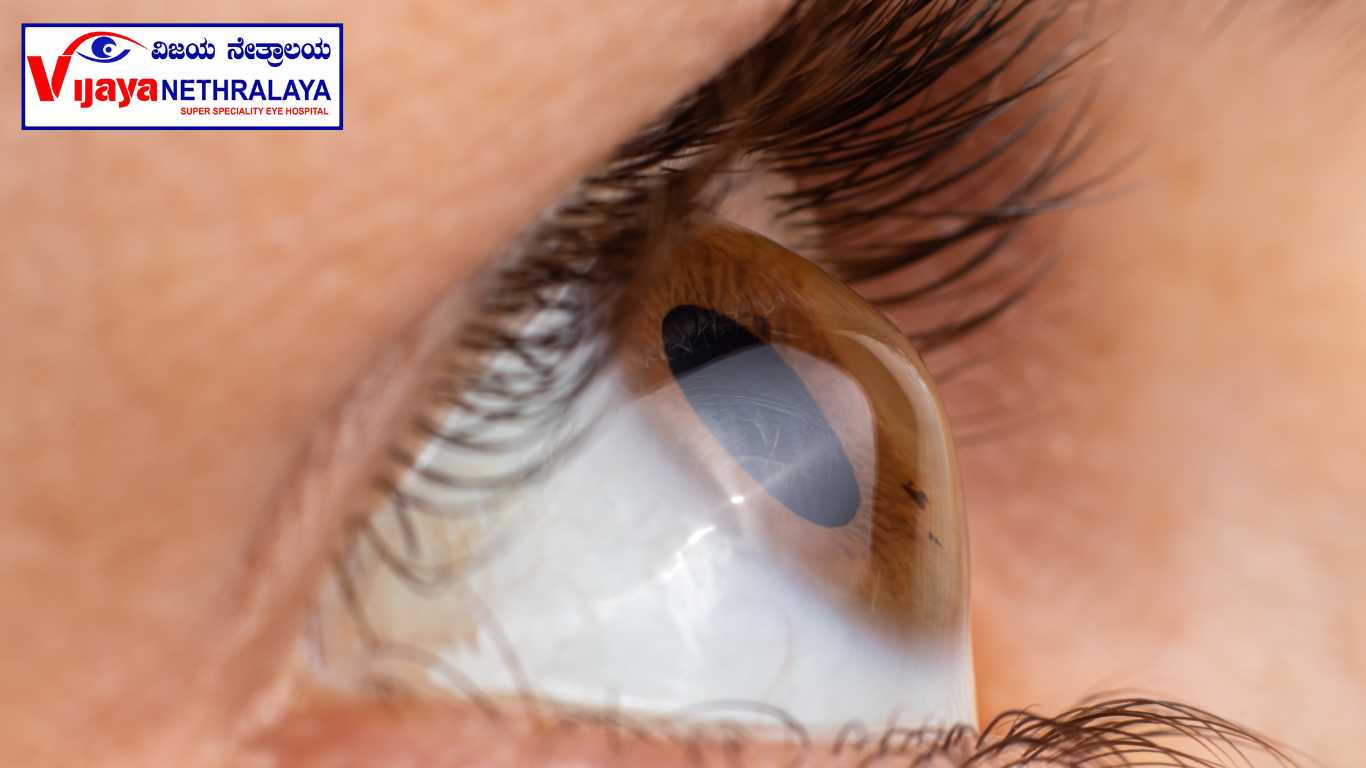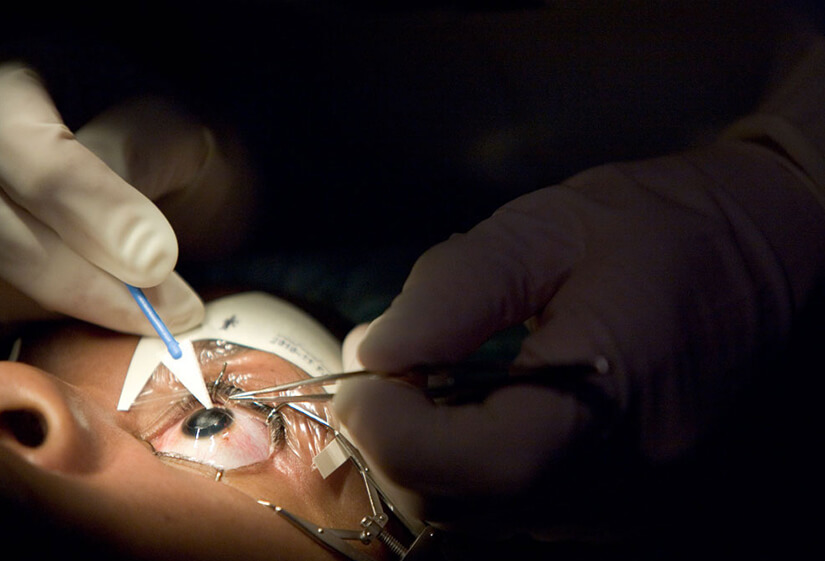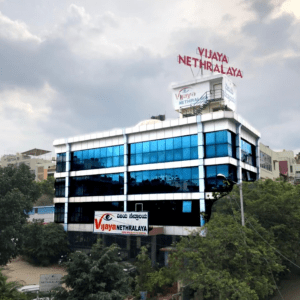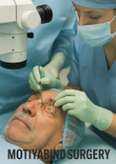Undergoing C3R surgery is an important step towards preserving your vision and halting the progression of corneal diseases. After the procedure, it is essential to understand the recovery process and what to expect in terms of healing and visual improvement. In this section, we will delve into the recovery time for C3R surgery and provide insights into the post-operative period.
Immediate Post-Operative Period: The First Few Days
After your C3R surgery, you will be closely monitored by your ophthalmologist and provided with detailed post-operative instructions. It is crucial to follow these instructions diligently to ensure a smooth recovery. Here’s what you can expect during the immediate post-operative period:
- Eye Protection: You may be instructed to wear a protective shield or eye patch to safeguard the treated eye from accidental rubbing or external factors.
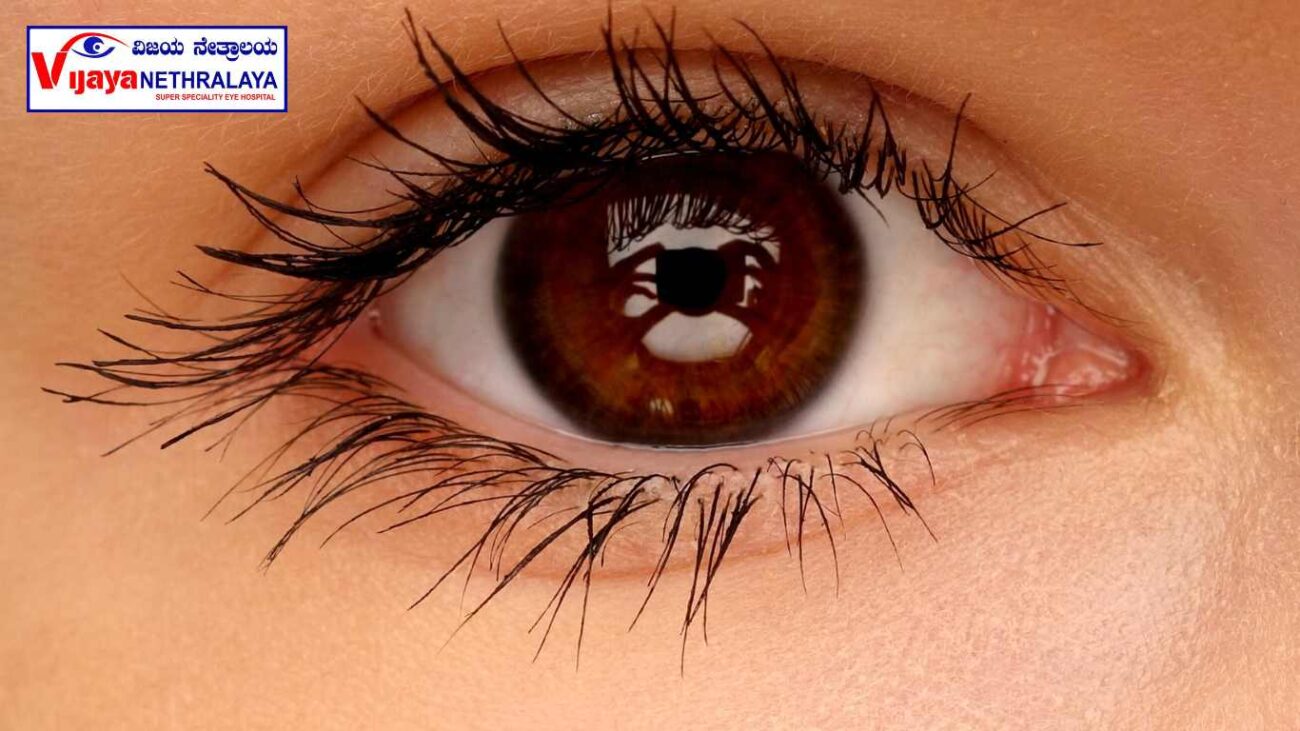
- Discomfort and Sensitivity: It is normal to experience mild discomfort, sensitivity to light, and a foreign body sensation in the eye immediately after the surgery. Your doctor may prescribe pain-relieving eye drops or medications to alleviate these symptoms.
- Restricted Activities: During the initial days of recovery, you may need to avoid strenuous activities, swimming, and any activities that could potentially expose your eyes to dust, dirt, or irritants.
- Follow-up Appointments: Your ophthalmologist will schedule follow-up appointments to monitor your progress, remove any bandages or protective shields, and evaluate the healing process.
Healing Process: Weeks to Months:
While the immediate post-operative period may involve discomfort and sensitivity, the healing process gradually progresses over several weeks to months. Here’s a breakdown of the recovery timeline:
- First Week: During the first week, you may experience fluctuations in vision, mild blurriness, and ongoing sensitivity to light. It is important to rest your eyes, avoid activities that strain your vision, and diligently administer prescribed eye drops.
- Two to Four Weeks: By the second to fourth week, most patients observe significant improvement in their visual acuity. However, it is essential to continue following your ophthalmologist’s instructions, attend scheduled appointments, and use any prescribed medications or eye drops.
- One to Three Months: In the following months, the cornea continues to heal and stabilize. Your vision should progressively improve during this time, and you may notice enhanced clarity and reduced visual disturbances.
- Long-term Recovery: The final outcome and stabilization of vision may vary among individuals. It is essential to maintain regular follow-up appointments with your ophthalmologist to monitor your progress and address any concerns that may arise.
Author details:
Dr. Sushruth Appajigowda is a well-known Cornea, cataract, glaucoma, and LASIK surgeon in Bangalore and the chief cataract and refractive surgeon at Vijaya Nethralaya Eye Hospital, Nagarbhavi, Bangalore. Known as one of the best LASIK surgeons in the country, he has over 12 years of experience with multiple platforms of LASIK like ZEISS, ALCON, SCHWIND, AMO, and Bausch and Lomb. He has conducted over 5000 LASIKs. Dr. Sushruth is a certified refractive surgeon and fellow of the All India Collegium of Ophthalmology. His expertise lies in choosing the right type of procedure for you based on your health requirement.


